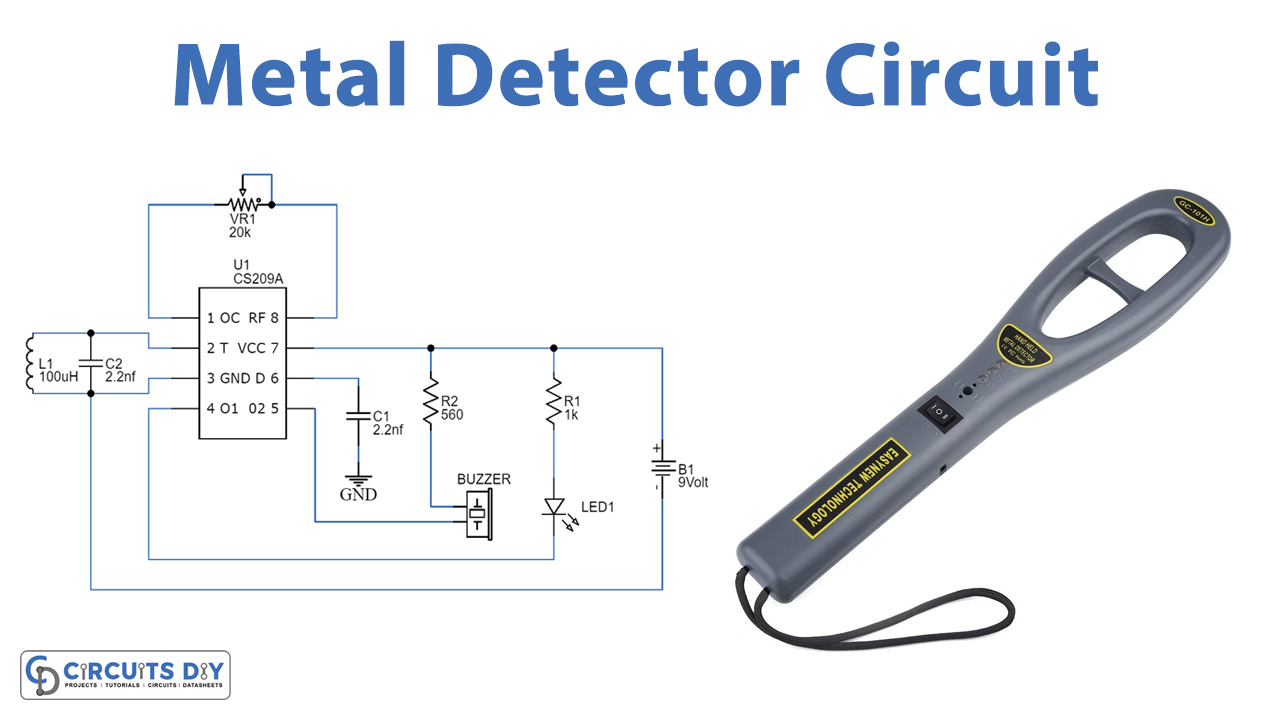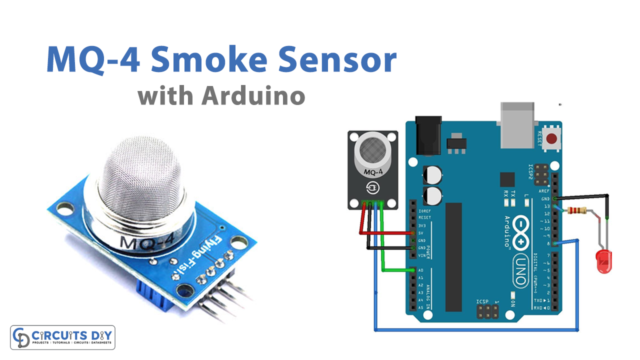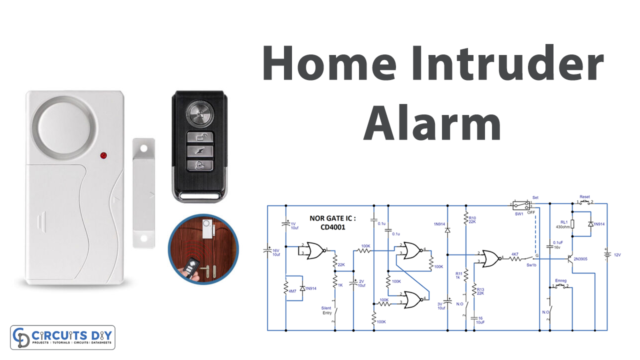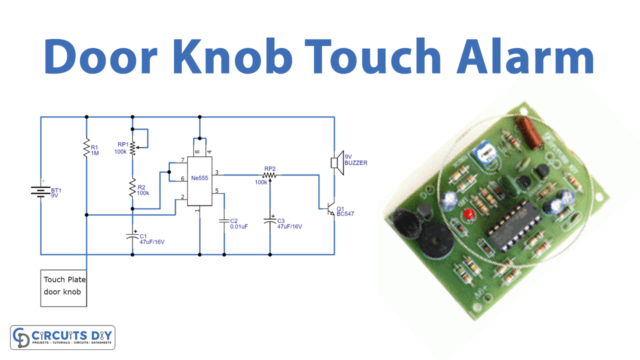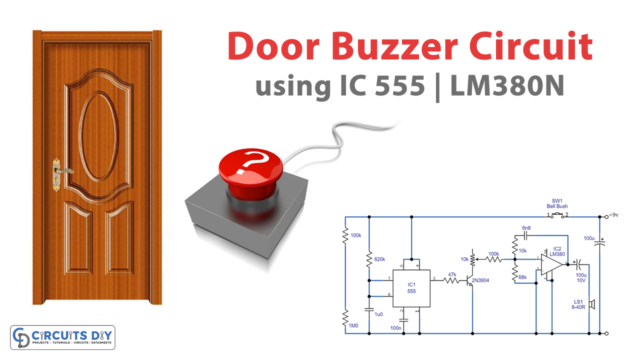Introduction:
A metal detector as the name indicates detects the presence of any metal that is found anywhere closed to it. This device is helpful in many aspects as it can detect the metals buried under the surface or hidden metal objects. The device may be fixed on the wall or on the stand, or it can be a handheld device or unit with a sensor enclosed in it. As the metal object comes in the range of the sensor, it indicates its presence by an alarming or blinking LED.
The metal detector’s basic working principle depends on the electromagnetic field generated from the search coil which is transmitted within a certain limit. When any metal object detects the magnetic field it gets energized and transmits back the magnetic field toward the detector and hence alarm is generated. The metal detector circuit is built easily at home using only a few components in which IC CS209A is the major component.
Hardware Components
The following components are required to make Metal Detector Circuit
| S.no | Component | Value | Qty |
|---|---|---|---|
| 1. | IC | CS209A | 1 |
| 2. | Variable Resistor | 20KΩ | 1 |
| 3. | Inductor | 100μH | 1 |
| 4. | Capacitor | 2.2nF | 2 |
| 5. | LED | – | 1 |
| 6. | Buzzer | – | 1 |
| 7. | Resistor | 1KΩ, 560Ω | 1 |
| 8. | Battery | 9V | 1 |
CS209A Pinout
For a detailed description of pinout, dimension features, and specifications download the datasheet of CS209A
Metal Detector Circuit

Working Explanation:
This circuit uses an LC tank circuit with an IC CS209A, a buzzer and an LED for an indication, and a few other passive components. The inductor in the LC circuit is the crucial component since both the sensitivity and output of the circuit are dependent on it. Here a 100uH inductor is used with 50 turns. The diameter is 40 mm thick while the copper coil is a 0.4 mm wire insulation. There are two output terminals of the IC of which the OUT1 is connected to the LED while the buzzer is connected to the OUT2. The circuit operates with a 9V battery. The variable resistor is used to control the sensitivity of the circuit.
The IC has an oscillator circuit internally. When any metal comes near the circuit, the inductor changes its inductance and as a result, the output gets triggered. The buzzer beeps and the LED blink indicates the presence of a metal object.
Applications of Tachometer:
A metal detector is a necessary device used for many purposes. It has been in use since 1881. A few of the metal detector applications are as follows:
- Metal detectors are used at important places like airports, railway stations, hotels, etc.
- It is used in government buildings for security purposes.
- Metal detectors are used by the military to detect metals hidden underground.
- These devices are used by different industries and companies as well.
- Metal detectors are used by different brand showrooms.

